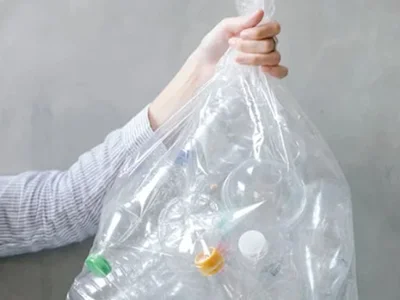Some Ideas on Reclaim Waste You Should Know
Some Ideas on Reclaim Waste You Should Know
Blog Article
The Reclaim Waste PDFs
Table of ContentsGet This Report on Reclaim WasteThe Ultimate Guide To Reclaim WasteThe 6-Second Trick For Reclaim WasteNot known Facts About Reclaim WasteA Biased View of Reclaim Waste
Check out the types, events, and types of liquid waste. Residential sewer waste describes the waste and products from a domestic septic container. This kind of waste is created by people in homes, schools, and other buildings. This only consists of septic storage tanks that have a drainpipe area. The appropriate monitoring and disposal of domestic sewer waste call for fluid waste to be transferred to a sewer therapy plant where the appropriate approaches and tools are put on detoxify and throw away waste.
Industrial waste typically consists of possible hazards, such as flammable products or a mix of fluid and solid waste products, and requires an advanced and in-depth disposal procedure. The disposal of industrial waste normally involves the filtering of waste before transportation to ensure safe and correct disposal. Hazardous waste is developed from results and overflow of industrial procedures and manufacturing.
This sort of waste can not make use of the same sewage monitoring transport or procedures as septic or commercial fluids. The commercial waste management process requires the examination and testing of liquid waste before it goes through the disposal procedure (liquid waste disposal). Overflow waste is the fluid waste that originates from overflow and excess stormwater in extremely populated locations or cities
Runoff waste can trigger contamination and flooding if not managed properly. Find out more about sewage system cleansing and waste monitoring. Guaranteeing appropriate waste management can stop disasters and lower ecological damage. Both people in property settings and professionals in industrial or production sectors can take advantage of comprehending the procedures and laws of fluid waste administration.
Unknown Facts About Reclaim Waste
Get in touch with PROS Services today to learn more about our waste monitoring and disposal services and the appropriate ways to look after the liquid waste you create.
(http://go.bubbl.us/e67627/7593?/Reclaim-Waste)Do you know what takes place to your water when you draw the plug, flush the commode or drain pipes the washing equipment? No? Well, it's worth recognizing. This supposed 'wastewater' is not only a crucial source however, after treatment, will certainly be released to our land, waterways or the sea. Used water from toilets, showers, bathrooms, kitchen sinks, laundries and commercial procedures is known as wastewater.

water made use of to cool machinery or clean plant and tools). Stormwater, a form see this page of wastewater, is overflow that flows from farming and urban areas such as roofings, parks, gardens, roads, courses and gutters into stormwater drains, after rainfall. Stormwater moves untreated straight to neighborhood creeks or rivers, eventually getting to the sea.
All about Reclaim Waste
In Queensland, most wastewater is treated at sewage treatment plants. Wastewater is carried from residential or industrial sites through a system of drains and pump stations, recognized as sewage reticulation, to a sewage treatment plant.
The Division of Natural Resources advises city governments about handling, operating and maintaining sewage systems and therapy plants. In unsewered locations, local federal governments may call for owners to install private or house sewer therapy systems to deal with residential wastewater from bathrooms, kitchen areas, washrooms and laundries. The Division of Natural Resources authorizes using family systems when they are verified to be reliable.
In some brand-new subdivisions, therapy of some stormwater to eliminate clutter, sand and gravel has actually begun making use of gross contaminant traps. Wastewater therapy happens in 4 stages: Gets rid of solid issue.
Uses tiny living organisms understands as micro-organisms to damage down and remove staying liquified wastes and great particles. Micro-organisms and wastes are incorporated in the sludge.
The 5-Second Trick For Reclaim Waste
Nutrient elimination is not readily available in all sewer treatment plants due to the fact that it requires pricey specialised equipment. It is coming to be much more usual in Queensland. Clear liquid effluent produced after treatment might still include disease-causing micro-organisms. If this effluent is launched into rivers such as rivers or the sea, the micro-organisms will eventually die out.

The majority of wastewater flows into the sewerage system. Under the Act, local governments carry out authorizations and permits for environmentally pertinent activities (Ages) including wastewater releases that might have a neighborhood effect.
Indicators on Reclaim Waste You Need To Know
Or else, samples are taken for research laboratory analysis. Often lots of examinations are needed to establish the levels of each of the various toxins such as oils, hefty steels and chemicals in water. Monitoring offers valid information regarding water quality and can confirm that licence conditions are being satisfied. The details obtained via monitoring provides the basis for making water quality choices.
Report this page